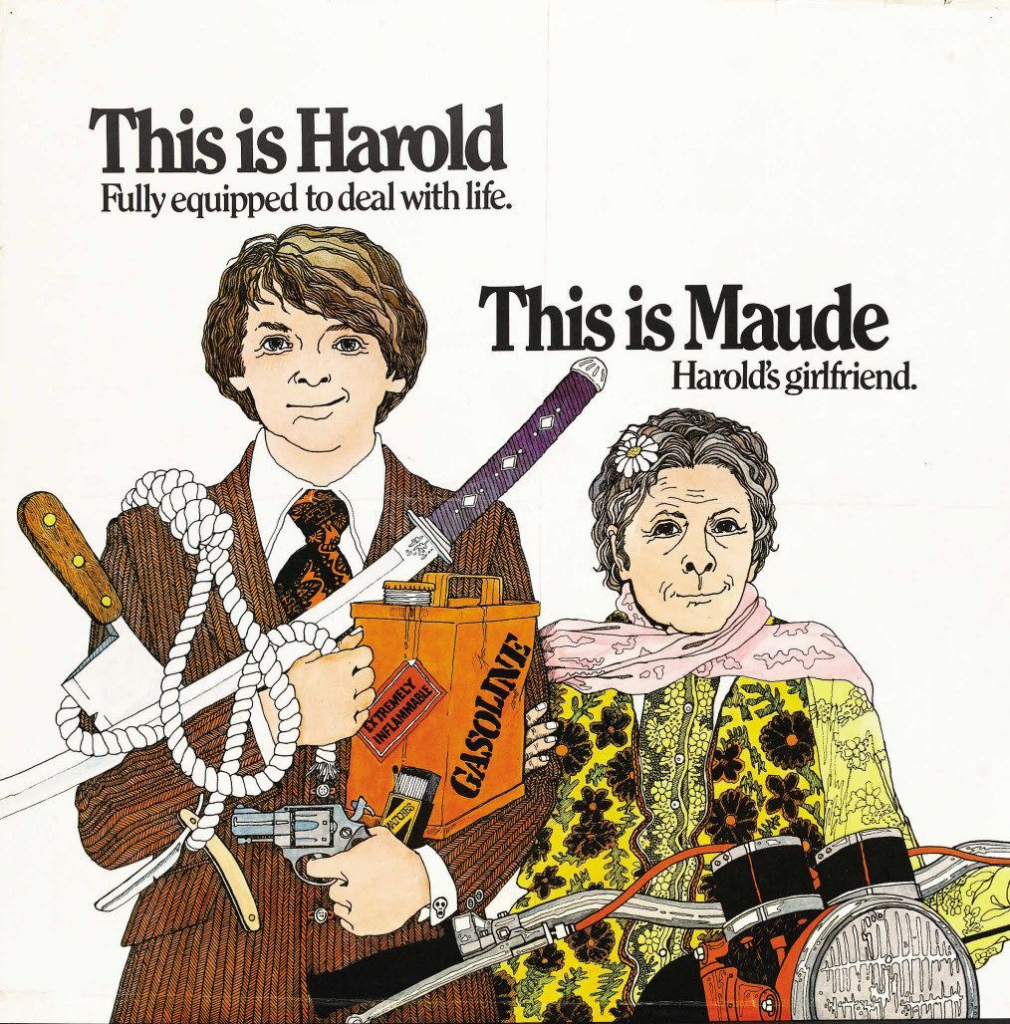Assignment: As for last week, explore your creative side by modeling one of our writers. Modeling is a powerful tool for developing your own distinctive voice, as well as the best possible way to learn scansion and form.
The only restriction, this week, is to broaden your sources of inspiration a bit—stretch your own writing range and keep your classmates guessing! Remember that all our authors, including critics and theorists, are fair game.
Guidelines:
This is your opportunity to learn from a master craftsman! Model your writing style, imagery, themes and tone on one of the writers we’ve read so far. As always, decide whether you want to stretch your analytical or creative voice, or something in between, and choose the author to model yourself after accordingly (our theorists and critics are fair game).
After carefully reading your model author and analyzing their choices, create a brief scene in essay, fiction, or poetry form. For your subject matter, pursue what has interested you most in our readings so far.
Whatever author you choose, to get credit for this assignment you MUST take the modeling requirement seriously. When we read your post, we should know just from your language (syntax, diction, etc.) or form which writer you’re channeling. Do NOT tell us, though—part of the fun will be guessing, via comments and in class, the source of each short piece.
No restrictions on word limit this week!



